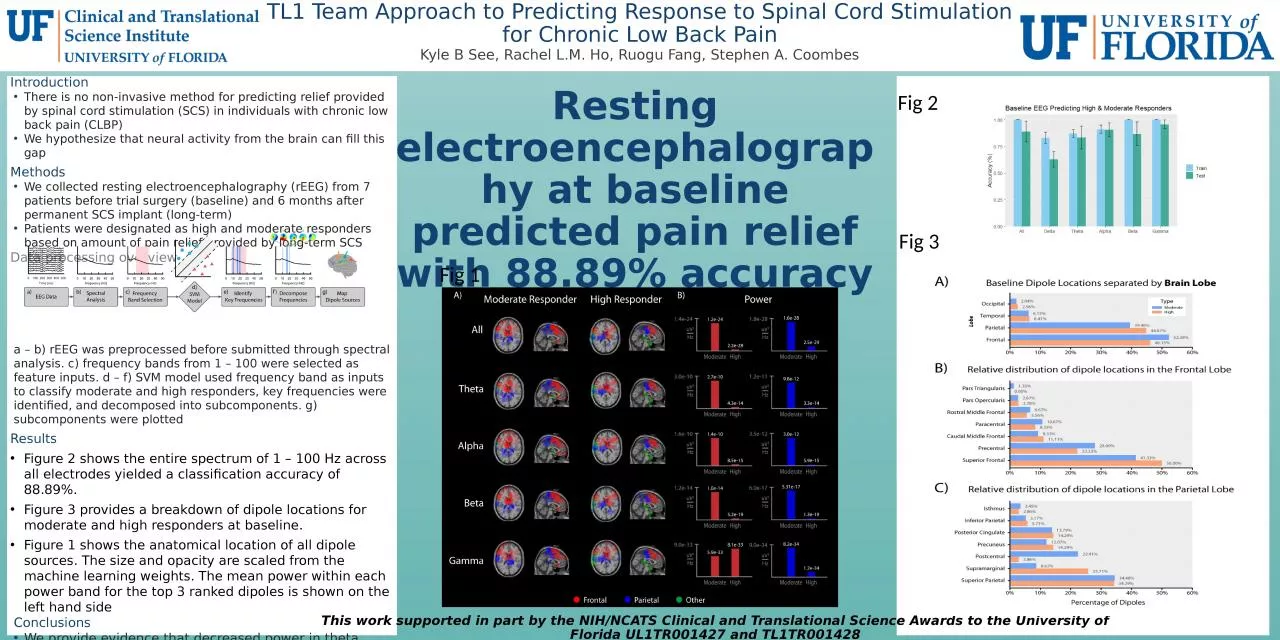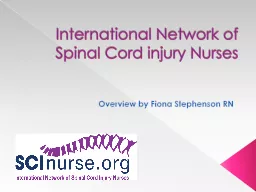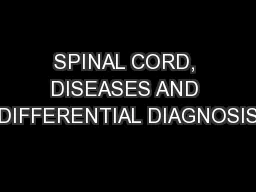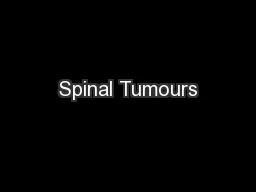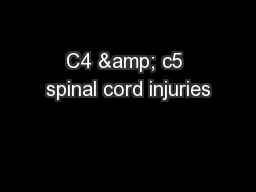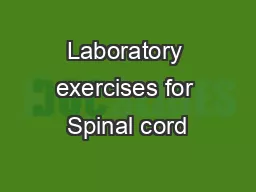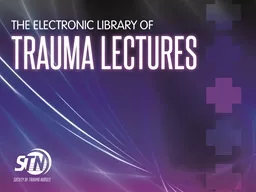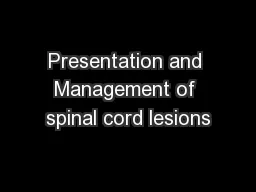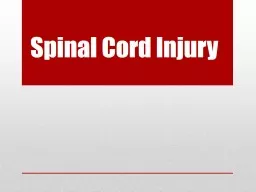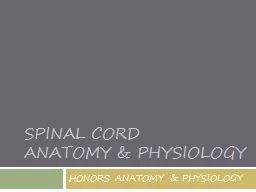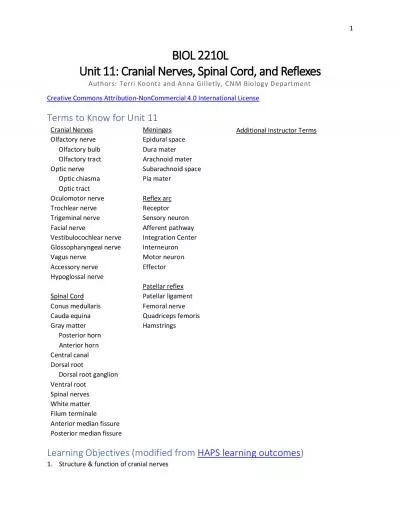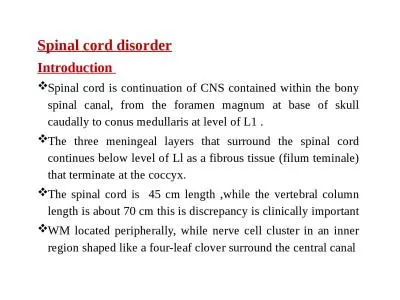PPT-TL1 Team Approach to Predicting Response to Spinal Cord Stimulation for Chronic Low Back
Author : elena | Published Date : 2024-03-13
Kyle B See Rachel LM Ho Ruogu Fang Stephen A Coombes Introduction There is no noninvasive method for predicting relief provided by spinal cord stimulation SCS in
Presentation Embed Code
Download Presentation
Download Presentation The PPT/PDF document "TL1 Team Approach to Predicting Response..." is the property of its rightful owner. Permission is granted to download and print the materials on this website for personal, non-commercial use only, and to display it on your personal computer provided you do not modify the materials and that you retain all copyright notices contained in the materials. By downloading content from our website, you accept the terms of this agreement.
TL1 Team Approach to Predicting Response to Spinal Cord Stimulation for Chronic Low Back: Transcript
Download Rules Of Document
"TL1 Team Approach to Predicting Response to Spinal Cord Stimulation for Chronic Low Back"The content belongs to its owner. You may download and print it for personal use, without modification, and keep all copyright notices. By downloading, you agree to these terms.
Related Documents

